Leutewitz in the 17th to 19th century and biographical information about the Steiger family
Leutewitz
The Manor
Leutewitz was the site of a manor until 1945. Gurlitt (1923) gave the year of construction for the manor house as 1623. For a long time, the manor was owned by the von Nitzschwitz estate, which left a plaque on the manor house with the year 1623. Johann Gottlieb Steiger bought the manor from von Warnsdorf in 1764 (Steiger, O. 1898; NN 1913).
The manor was always passed on from father to son through the generations of the Steiger family. The respective owner was the owner until his death. The estate was originally only 85 hectares. Through additional purchases it grew to 255 ha (NN, 1913).
In 1825 Christian Adolf Leberecht Steiger started the beet breeding. Karl Otto Steiger introduced yellow oat breeding in 1876 and squarehead wheat in 1880 (Hillmann, 1910; Steiger, H.-U., 2002). But Leutewitz became famous mainly for the thoroughbred merino sheep breeding started by Carl Christian Steiger in 1805. His son Christian Adolf Leberecht Steiger was one of the most important sheep breeders in Germany and in the third generation the grandson Heinrich Adolph Steiger led the Leutewitz sheep breeding to international importance (Steiger, O., 1887, 1898; Steiger, H.-U., 2002).
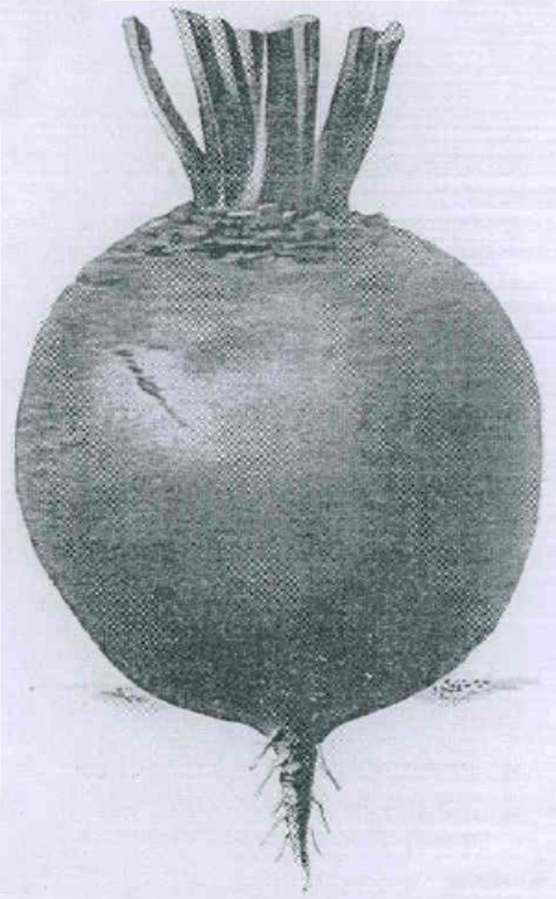
Beet breeding started in Leutewitz in 1825.
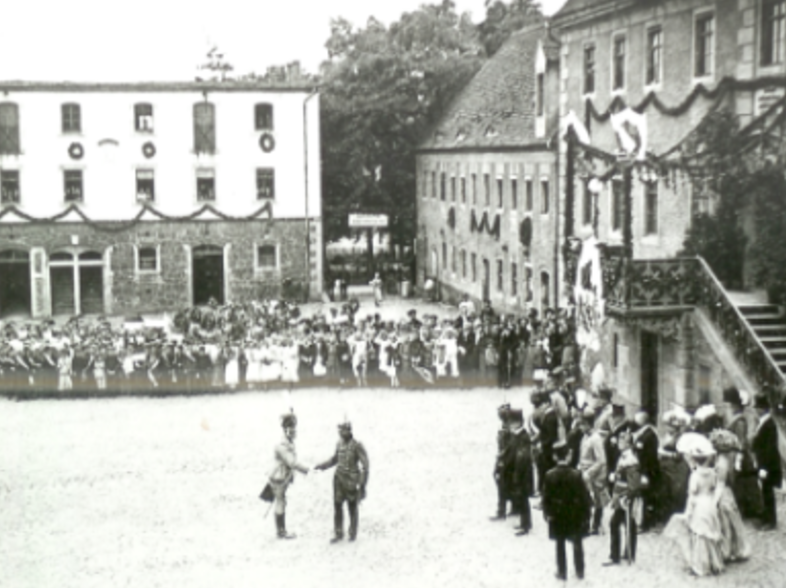
The manor Leutewitz
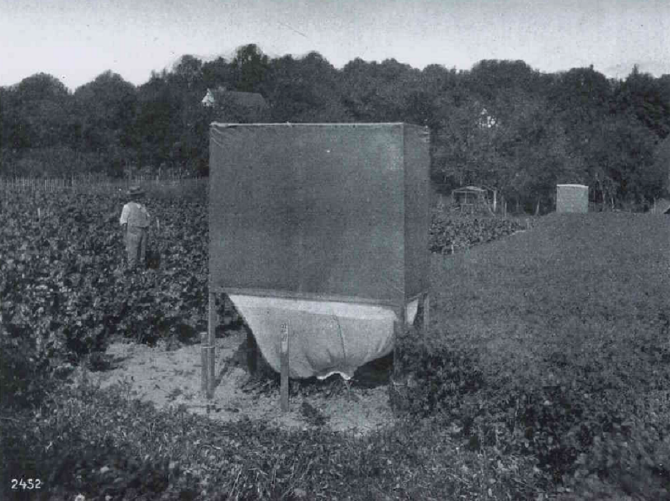
Breeding garden in Leutewitz with insulated houses for beetroot
Source: Hillmann, 1910
Source: Hillmann, 1910
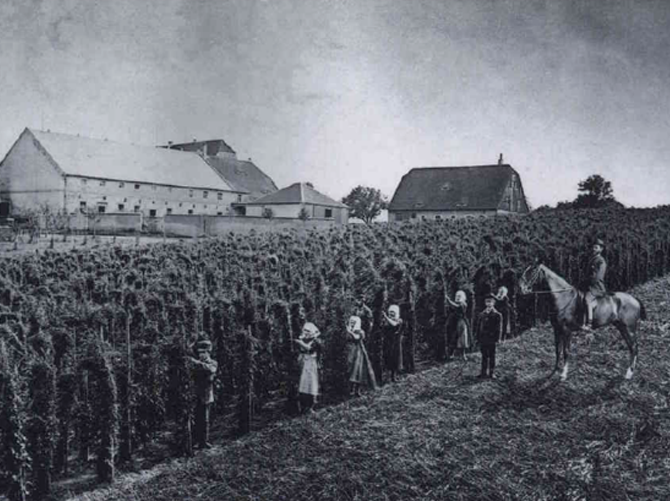
Original Leutewitz beet seed plantation
Source: Steiger, O.,o.J. (around 1905)
Source: Steiger, O.,o.J. (around 1905)
The breeder family Steiger
since 1744
Carl Christian Steiger
(1744 - 1819)
(1744 - 1819)
Founded the Leutewitz thoroughbred merino sheep breeding in 1805.
Christian Adolf Leberecht Steiger
(1790 - 1874)
(1790 - 1874)
Was one of the most important sheep breeders in Germany, began breeding beetroot in 1825.
Heinrich Adolph Steiger
Geh. Oek. Rat (1817 - 1897)
Geh. Oek. Rat (1817 - 1897)
Continued the beet breeding.
Led the Leutewitz thoroughbred merino sheep breeding to international importance.
Led the Leutewitz thoroughbred merino sheep breeding to international importance.
Karl Otto Steiger
Geh. Oek. Rat, Dr. h. c. (1851 - 1935)
Geh. Oek. Rat, Dr. h. c. (1851 - 1935)
Continued the sheep breeding.
Started the breeding of the yellow oat (1876) and the squarehead wheat (1880).
Introduced pedigree breeding in plant breeding (1897).
Began quality testing for plant breeding in its own chemical laboratory.
Started the breeding of the yellow oat (1876) and the squarehead wheat (1880).
Introduced pedigree breeding in plant breeding (1897).
Began quality testing for plant breeding in its own chemical laboratory.
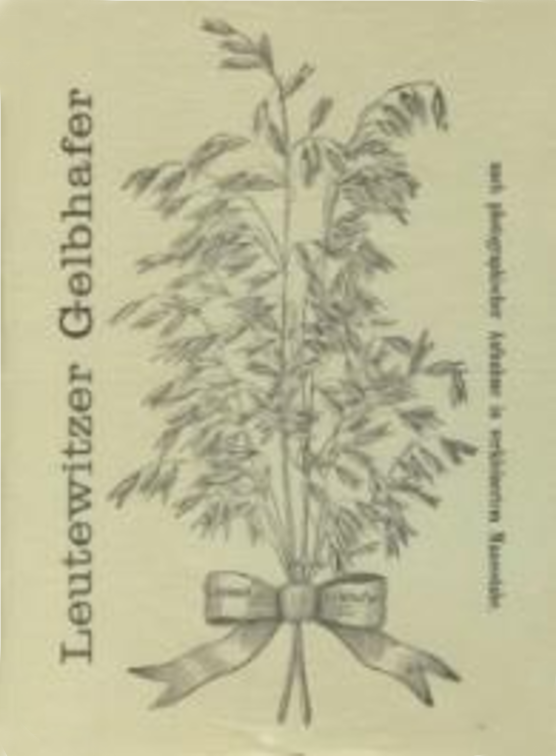
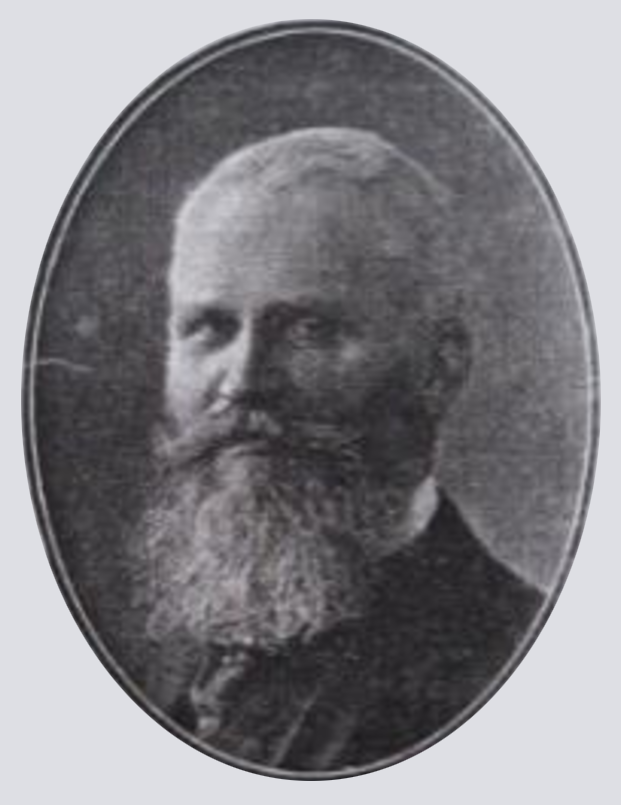
Karl Otto Steiger, a pioneer in breeding

Start of grain breeding in Leutewitz
The 'Leutewitzer yellow oat'
When Otto Steiger began breeding oats in 1867, he chose Saxon yellow mountain oats as the starting material, since these oats had distinguished themselves in cultivation in Leutewitz by high yield and other good properties. This was a variety developed in the Ore Mountains from the common Saxon yellow oat by natural selection (Hillmann, 1910). Besides yield and earliness, the main breeding objective was thin huskiness (Steiger, O., 1898).
As can be seen from the descriptions of the breeders' houses in the BDP publication "Landwirtschaftliche Pflanzenzüchtung in Deutschland" (1987), oat breeding in Germany started later than that for rye and wheat, usually around 1900, and it favored the late white oat with a firm stalk, whose feed value was subsequently generally judged to be lower compared to yellow oat, primarily because of the higher husk content of white oat (Scheibe, 1953). Otto Steiger was thus ahead of his time in yellow oats with the start of oat breeding in 1867 and the selection of the breeding objective of thin glume, an important trait for feed value. In the second quarter of the 20th century, however, the difference in evaluation between yellow and white oats was put into perspective by the success of cross-breeding and access to parent material from a wider geographic area (Nicolaisen, 1950; Mac Key, 1959).
In the cultivation trials of DLG, 'Leutewitzer Gelbhafers' produced the highest yields four times during five years from 1889 to 1893 (Steiger, O., 1898). The straw of the variety was described as fine-fibered and thus valuable as fodder straw. At the same time, the variety was stable and also not very sensitive to climatic influence (Hillmann, 1910). An example of this can be seen in a trial with an international assortment in Russia in 1909. There, too, 'Leutewitzer Gelbhafer' ranked first in yield together with 'Beseler III'.
The 'Leutewitzer Squarehead Wheat'
From the plant with a square spike found by farmer Taylor in a stand of Victoria wheat, a high-yielding Squarehead form was developed in England by selection. As early as 1871, this surpassed all other varieties. In 1874, Squarehead wheat reached Denmark through a Copenhagen seed house and from there to Germany in 1876 (Scheibe, 1951). In 1880, O. Steiger began his breeding of Squarehead wheat (Hillmann, 1910) as one of the first in Germany.
Breeding objectives were to improve frost resistance, sturdiness, and rust resistance, and to maintain and, if possible, increase the yielding ability of squarehead (Steiger, O., c. 1905). Hillmann (1910) ranked 'Leutewitzer Squareheadweizen' among the most resistant Squareheads in winter hardiness, of which about 40% was killed in the hard winter of 1900/01, while other cultivars failed completely in places. Regarding yield, O. Steiger (c. 1905) wrote: "In the trial period 1890 - 1892, which was characterized by particularly hard winters, it held second place among the eight Squarehead wheats (Jahrb. DLG 1893). In the last Squarehead competition of the DLG in 1892 - 1899, the Leutewitzer Squarehead was in the group of the three best varieties among the eleven tested." Hillmann (1910) describes the ear of the Leutewitzer Squarehead wheat type as being particularly broad at the apex, densely set, somewhat tapered downward, awnless with reddish-yellow grain.
'Leutewitzer Squarehead' was selected from the Squarehead pool for crossbreeding at Svalöf by Nilsson-Ehle in the early 20th century. Nilsson-Ehle obtained 'Extra-Squarehead' by selection from 'Leutewitzer Squarehead' and 'Extra-Squarehead I' with cultivar name 'Grenadier' by selection from 'Engelsk Squarehead'. By crossbreeding 'Extra-Squarehead' x 'Extra-Squarehead I' ('Grenadier'), he created the variety 'Extra-Squarehead II'. Crossbreeding the Swedish landrace 'Tystofte Smaahvede' x 'Extra-Squarehead II' resulted in the variety 'Fylgiavete', which first entered the Swedish variety trials in 1913 (Nilsson-Ehle, 1911, cited in Meinel).
(Source: Plant Breeding in Leutewitz Lectures of the Working Group (9) History of Plant Breeding, 13th Workshop22/23 June 2006 in Leutewitz near Meissen, Dr. Gisbert Kley)
